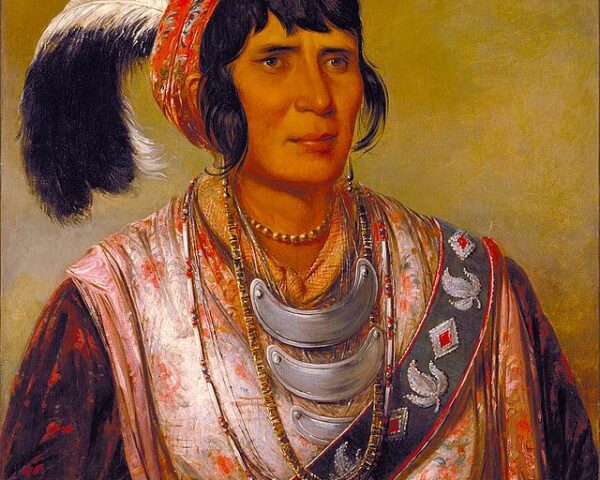On October 4, 1883, the most legendary train line in history made its first run. The name Orient Express conjures up images of luxury travel, exotic destinations, and intrigue. The idea for the Orient Express was conceived by Georges Nagelmackers, a Belgian entrepreneur who wanted to create a high-end train service connecting Western Europe with the mysterious and alluring cities of the East.
Compass writes, “In the 19th century, interest in the Orient — East and central Asia — was growing, with eastern influences on everything from art to clothing to theater. And Istanbul, Turkey — on the border between Europe and Asia — was the gateway to the East.
The Compagnie Internationale des Wagons-Lits (International Sleeping-Car Company) realized the dream of a train route between Western Europe and Istanbul on Oct 4, 1883, when the first “Express d’Orient” train left Paris on a journey through Munich and Vienna to Giurgiu, Romania. From there, passengers took a combination of trains and ferries across Bulgaria and on to Istanbul (then called Constantinople).
The itinerary changed over the years, especially after World War I. The Simplon Orient Express, a southern route through Italy, opened in 1919 and soon became the most important route across Europe. But it wasn’t until the 1930s that the Orient Express gained a reputation for opulence, with plush sleeper cars and upscale cuisine in its dining cars. In 1934, Agatha Christie published “Murder on the Orient Express,” solidifying the route’s place in popular culture.”
The train was an instant success, especially among the very rich. It quickly became the preferred mode of travel for European aristocracy, diplomats, and the wealthy, earning a reputation as the “King of Trains and the Train of Kings.”
The Orient Express also played a significant role in history. During World War I, it was temporarily suspended, and its carriages were used as military hospital units. It later witnessed events such as the signing of the Treaty of Sèvres in 1920, which marked the official end of World War I between the Allies and the Ottoman Empire.
The train’s popularity continued through the 20th century, despite interruptions during World War II. However, with the rise of air travel and changes in the travel industry, the Orient Express gradually lost its luster. In 1977, the original Orient Express route, as immortalized by Agatha Christie’s famous novel “Murder on the Orient Express,” ceased to exist. The last true Orient Express journey ran in 2009.
Today, the Orient Express name lives on in various luxury tourist trains that pay homage to its legacy. While the original Orient Express is no longer in operation, its history and enduring allure continue to captivate the imagination of travelers and evoke a sense of nostalgia for a bygone era of romantic rail travel.






